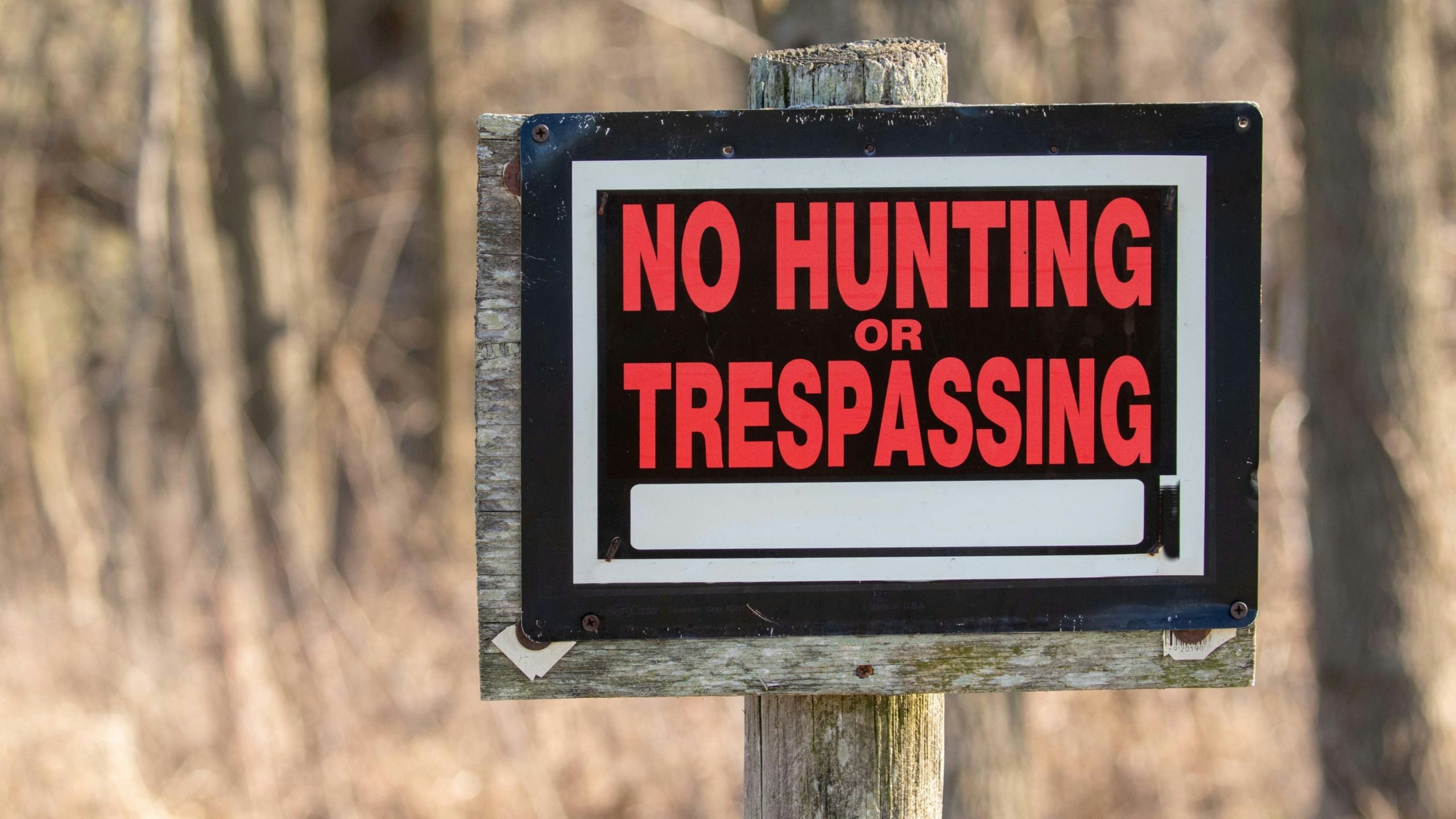Landowner hunting tags could be pushing rank-and-file hunters out of one of Wyoming’s premier trophy elk hunt areas, a state legislator said.
“(Elk hunt Area 124) is probably the most desirable, hardest-to-draw bull elk tag in the state of Wyoming, and it’s over 70% public land,” Sen. Larry Hicks, R-Baggs, told Cowboy State Daily.
But many tags there are issued to landowners. Moreover, wealthy out-of-staters might be shopping for Wyoming properties with landowner hunting tags attached to them.
“There are property firms that specialize in ‘recreational ranches,’” Hicks said. “Real estate firms advertise that when you buy these properties, you can get landowner tags for these big game species.”
In Area 124 and some other hunt areas around Wyoming, landowner tag holders aren’t limited to hunting only on their own property, Hicks said. They also may hunt on public land.
“Those (landowner tags) are the first ones awarded,” Hicks said. “So, say, if there’s a limit of 100 bull elk draw tags in a unit, and 50 are for landowners, that leaves only 50 for the general public to draw for.”
Area 124 is west of Baggs. It’s next to elk Area 100, home of the famed “Red Desert” elk herd. It’s also adjacent to prime trophy bull elk areas in Colorado and Utah, making the entire region a hotbed for some of the West’s largest bulls, Hicks said.
Limit Landowner Tags To 20?
Hicks also is a member of the Wyoming Wildlife Task Force, which has recommended capping landowner tags at 20% of the total draw.
The task force doesn’t have authority to change or set policy. Instead, its recommendations go to the Wyoming Game and Fish Commission, which sets policy for the Wyoming Game and Fish Department.
The number of landowner tags should be closer to 60%, at least in some hunt areas, said Jim Magagna, executive vice president of the Wyoming Stock Growers Association.
“At a 20% cap, a landowner could go for years and years of applying and never get the opportunity to use that tag,” he told Cowboy State Daily.
‘A Reward To The Landowners’
Landowner hunting tags are associated with private properties that provide habitat for big game animals with a limit of two tags per property.
Prospective hunters, landowners and general public must apply early and pay in advance to draw limited-quota hunting tags. The application deadlines are typically the end of May for the upcoming fall hunting seasons. Applicants who fail to draw tags are refunded their money.
To qualify for a landowner tag, a property must be at least 160 acres and provide at least 2,000 “animal use days” each year, Hicks said.
“An animal use day means there was one animal on the property for one day,” he said. “So, if you had 20 elk that lived on your property for 100 days out of the year, you’d be eligible. Or, if you had 200 elk live there for 10 days, again, you’d be eligible.”
Hicks said he supports landowner tags.
“They’re a reward to the landowners,” he said. “Those tags are designed to recognize the contribution that landowners supply to support Wyoming’s wildlife.”
Magagna agrees.
“That was the intent of landowner tags – to recognize the critical role played by landowners in wildlife conservation,” he said. “It was never intended to be a financial trade-off or compensation for forage loss or any property damage caused by wildlife.”
Keep It On Your Property?
It boils down to a balancing act between ensuring landowners get their due without pushing other hunters out, Hicks said.
“It comes down to a question of parity,” he said. “What’s fair? Which is always in the eye of the beholder.”
One idea that’s been floated is to allow landowner tag holders to hunt only on their properties, he said. But that wouldn’t work in many areas, because animals might not be on those properties during hunting season.
Magagna agreed that limiting hunting only to the landowners’ properties is a bad idea.
“The complete flaw with that idea is that in many scenarios, the landowner supports wildlife on their property that isn’t there during hunting season,” he said. “There’s just too many instances in which that idea would make the landowner tags meaningless.”
There’s also some disparity in the number of animals different landowners support, which could make the “two tags per property” rule unfair, Hicks said.
“We’ve got ranches in Wyoming that have in excess of 20,000 animal use days and still get only two tags,” he said.





